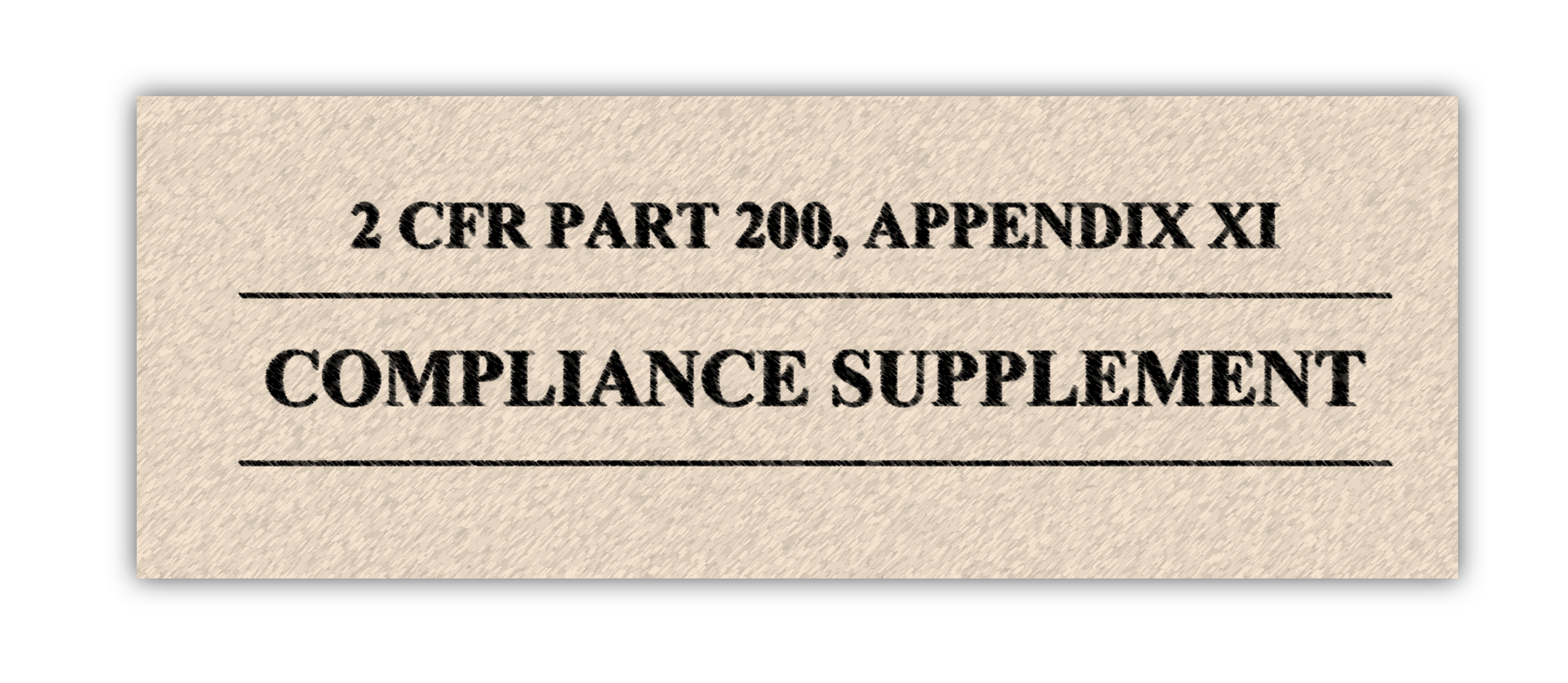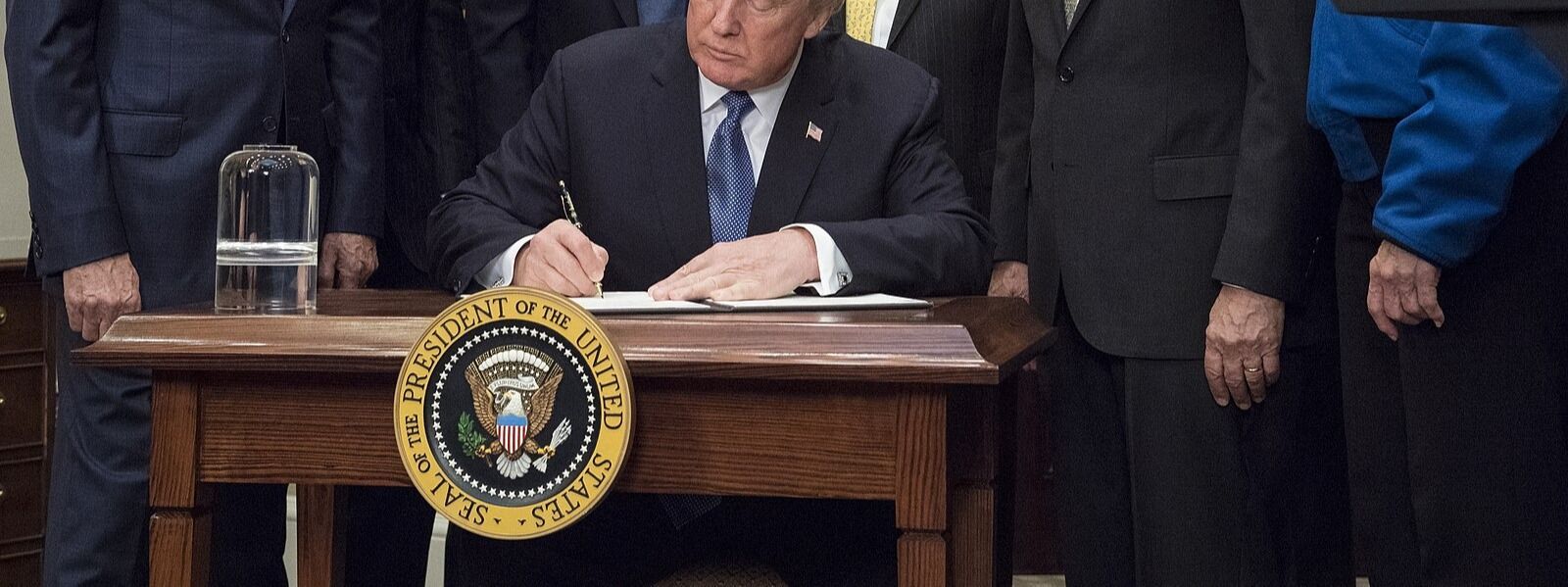The Current State of Federal Grant Funding in 2025
Federal grant funding is undergoing a major transformation. Are you ready?
As federal grant funding continues to evolve, recipients must adapt to new priorities, regulatory changes, and heightened oversight. Here’s an overview of the trends shaping federal grants in 2025:
1. The DOGE Initiative and Its Impact
The Department of Government Efficiency (DOGE) Initiative has reshaped federal funding, resulting in nearly 12,000 grant terminations and $37 billion in “savings.” While this has created significant disruptions, only 6-9% of active federal grants were affected. Agencies like USAID, the Department of Education, and HHS experienced notable consolidation and funding freezes, signaling a “new normal” for grant recipients.
2. Rise of Cooperative Agreements
Cooperative agreements, which involve substantial federal involvement, have surged in popularity. These agreements allow agencies to maintain tighter control over spending, ensuring alignment with policy goals and enhancing performance monitoring. This reflects a broader trend toward fiscal conservatism and accountability.
3. Challenges in Indirect Cost Recovery
Research institutions and universities are under increased scrutiny as agencies impose caps on indirect cost recovery. Notably, the Department of Energy (DOE), the National Institutes of Health (NIH), and the National Science Foundation have introduced a 15% cap on university indirect cost rates applied to research, challenging the viability of many programs. Such restrictions underscore the importance of strategic financial planning for recipients relying on federal funding.
4. Shifts in Funding Priorities
The “America First” agenda has redirected resources toward domestic-focused initiatives, such as U.S. manufacturing, energy independence, and infrastructure. Simultaneously, international collaborations and diversity, equity, and inclusion (DEI)-related programs face reduced funding and termination.
5. Heightened Oversight and Audit Pressures
The federal government’s emphasis on accountability has brought about stricter compliance and audit requirements. Executive Order 14151 and OMB Memo M-25-13 outline policies that prioritize federal oversight, from modifying grant announcements to investigating underperforming recipients. These measures place an additional compliance burden on organizations seeking or maintaining federal funding.
6. The Role of the Compliance Supplement
The annual Compliance Supplement remains a critical resource for grant recipients and auditors. By outlining key compliance requirements for federal programs, it streamlines the audit process and helps recipients maintain adherence to evolving federal standards. The 2025 Compliance Supplement is expected to reflect increased oversight on federal grant programs and an emphasis on performance accountability.
Key Takeaways
Federal grant recipients must navigate a complex landscape marked by shifting priorities, regulatory changes, and increased oversight. Proactively understanding these dynamics and implementing robust compliance strategies will be crucial to maintaining funding and achieving programmatic objectives. Stay tuned to the Award Advisors blog series as we will be tracking updates and providing insights.



